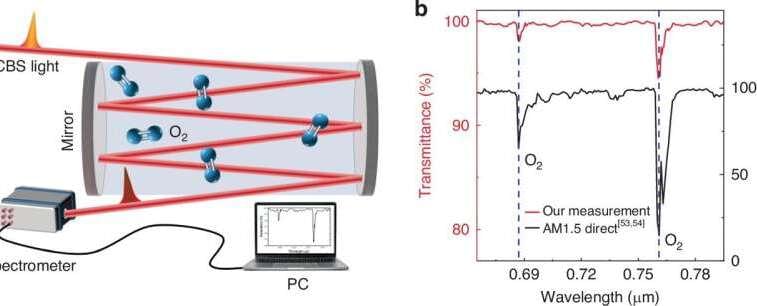Since the invention of the laser in 1960, nonlinear optics has aimed to broaden light’s spectral range and create new frequency components. Among the various techniques, supercontinuum (SC) generation stands out for its ability to produce light across a wide portion of the visible and infrared spectrum.
However, traditional SC sources rely on weak third-order optical nonlinearity, requiring long interaction lengths for broad spectral output. In contrast, second-order optical nonlinearity offers far greater efficiency and lower power requirements, though phase mismatching in bulk crystals has historically limited its spectral coverage and overall efficiency.
In a study published in Light: Science & Applications, a collaborative research team from Aalto University, Tampere University, and Peking University, led by Professor Zhipei Sun, has demonstrated a revolutionary method for generating octave-spanning coherent light at the deep-subwavelength scale (100 nm). Their innovative approach employs phase-matching-free second-order nonlinear optical frequency down-conversion in ultrathin gallium selenide (GaSe) and niobium oxide diiodide (NbOI2) crystals.
